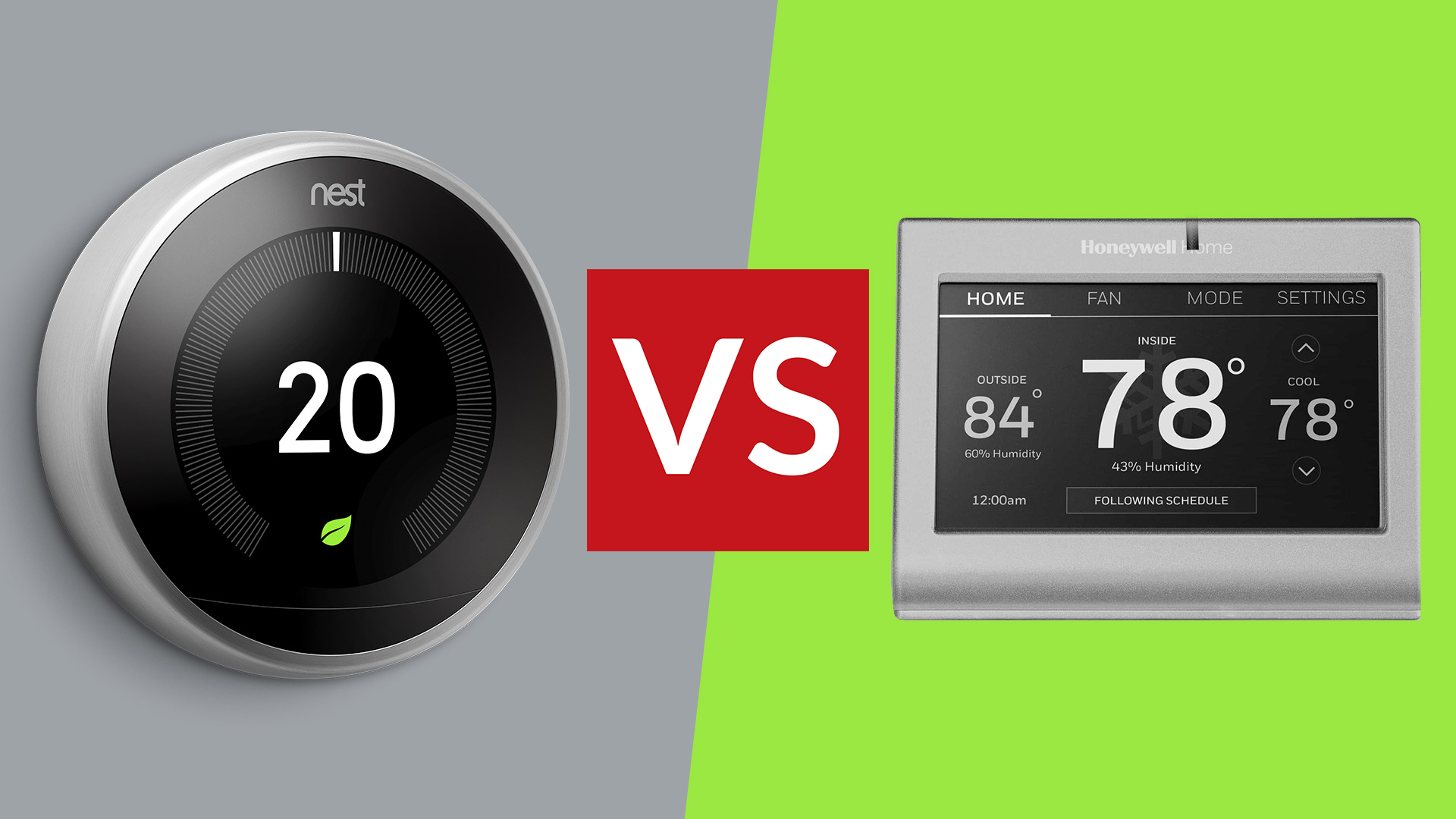
There are some big names in the smart home world, but some are big for different reasons. Nest is part of Google, and names don’t get much bigger than that. Honeywell, on the other hand, has a history going back to 1906 and there’s a pretty good chance that it made some part of your heating system, somewhere.
Both make options that are among the best smart thermostats, but they have different design, specs and smart options. Our Nest vs Honeywell guide is here to help you choose between them.
Shopping for a smart thermostat now makes perfect sense, too. The cost of living crisis, largely fuelled by surging energy prices, means that being empowered to save money on heating costs feels critical. That's where a smart thermostat enters the fray.
A smart thermostat in partnership with smart radiator controllers means that you can heat your home on a room by room basis. This makes sense more than ever in winter, as you don't want to be burning fuel to heat rooms that are not in use.
Nest Learning Thermostat 3 vs Honeywell RTH9585WF: Price & features
The Nest Learning Thermostat 3rd Generation is widely available, and costs $249/£219. The Honeywell RTH9585WF costs $219.99, but isn't widely available in the UK.
The Honeywell is a smart silver rectangle that reminds us slightly of a pager – or what pagers might have grown into had they not been killed and eaten by cellphones. It has a black 4.5-inch touchscreen that displays quite a lot of data, but works with a smartphone app too, of course.
The Nest, meanwhile, is circular, with a rotating ring around the outside that you use to set the temperature because, surprisingly, it’s not a touchscreen device. It’s available in a variety of colours, though, both on its exterior and on its screen, and of course there’s a smartphone app.
Sign up to the T3 newsletter for smarter living straight to your inbox
Get all the latest news, reviews, deals and buying guides on gorgeous tech, home and active products from the T3 experts
The Nest certainly looks more modern than the Honeywell – we love the action of twisting the ring to change the temperature setting, though doing the same thing to input a Wi-Fi password is less charming. There is more information displayed on the Honeywell’s more conventionally-aligned screen than the Nest’s circular unit, however, including the outside temperature, time, and humidity.
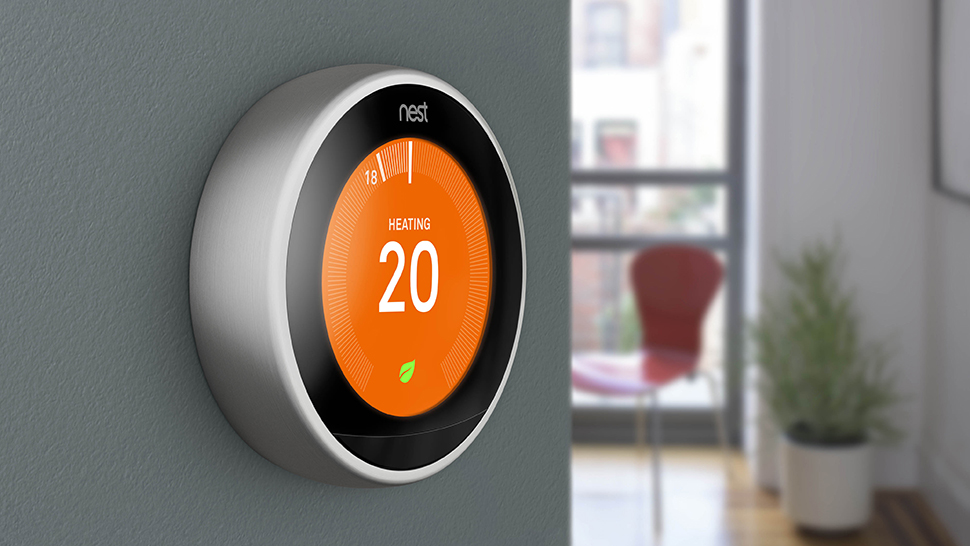
Nest Learning Thermostat 3 vs Honeywell RTH9585WF: Compatibility
Both thermostats are meant to be wired into the wall to replace your old thermostat. This means they require a power connection, and this is the major stumbling block to installing them. If you’re at all unsure, consult a professional before trying to install a new thermostat yourself, or get one to install it for you. DIY may feel good but there’s nothing more frustrating than a new device that won’t work.
The Nest gains a degree of portability by having a Heat Link box that connects to your boiler, and wirelessly to your thermostat – the smaller Nest Thermostat E is the really portable model, but the Learning Thermostat 3rd Generation can be outfitted with a stand for an extra fee and freed from being wall-mounted.
Both manufacturers claim broad compatibility figures with domestic heating systems, and there are compatibility checkers on both their websites, but it comes down to the type of wiring you’ve got rather than the type of fuels you’re burning.
Really exotic systems, such as reversible heat pumps, are probably not compatible, and if you’ve got a communal heating system that’s not going to work either. You’ll need to be able to take your existing thermostat off the wall, or at least a little bit apart, to check the wiring it’s connected to.
The other compatibility people are going to be interested in is with smart assistants. Coming from Google’s stable, you’d expect the Nest to do well here, but the two thermostats are neck and neck: as long as you’re an Alexa or Google Assistant user you’ll be fine controlling them with your voice from the best smart speakers. Apple HomeKit isn’t supported – check out Ecobee’s thermostats if you’re welded to Siri or Samsung SmartThings.
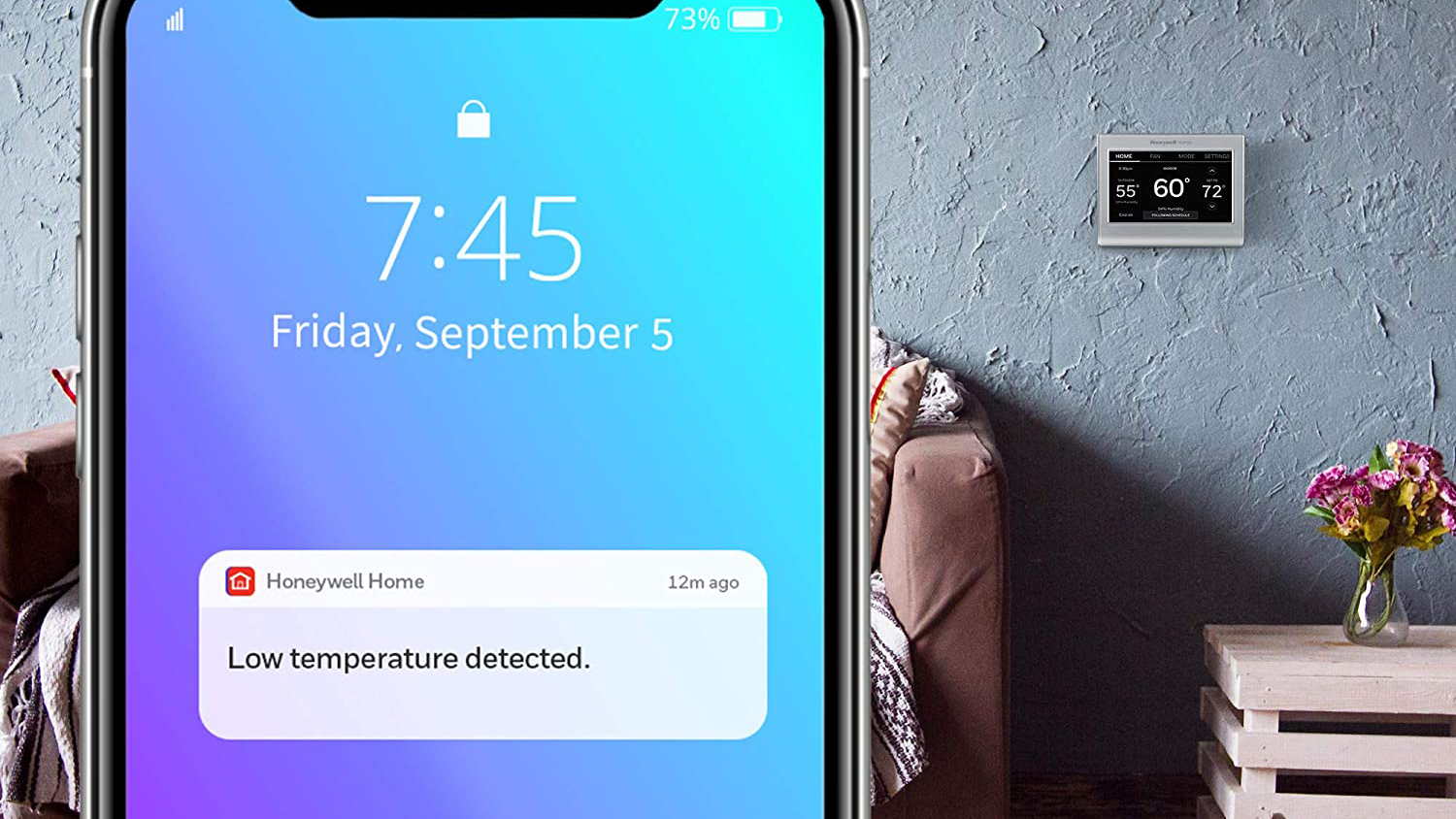
Nest Learning Thermostat 3 vs Honeywell RTH9585WF: Features & app
If all you could do with a smart thermostat was program them to switch your heating and hot water on and off in cycles, then there would be no advantage over your current model. The ‘smart’ part isn’t just their Wi-Fi connectivity, but the ability to learn your routines. If you regularly put the heating on just as you come home from work, the thermostat will learn this and start doing it for you. Likewise when you leave the house in the morning.
This is how they save you money – leaving the heating on when you’re not at home is wasting energy. Control this wastage and you’ll reduce your bills.
Honeywell’s Resideo app is a clever one, capable of monitoring and controlling more smart home devices than just the thermostat. It alerts you if there are going to be extremes of temperature or if there’s an unusual spike in energy usage. Nest connects to the Google Home ecosystem, but has its own Nest app that allows you to adjust the temperature at home, and receive alerts, from wherever you are.
Both apps also support geofencing, which tracks your phone and turns the heating off when you leave a pre-set radius around your house, turning it back on again when you return.
Nest Learning Thermostat 3 vs Honeywell RTH9585WF: Verdict
Whichever smart thermostat you choose, you can be sure you’ve taken a step toward lower energy bills. Having a more controllable heating system is fun, too, and getting notifications of problems can save you even more money, as you can get them fixed before they become a real issue.
The choice between a Nest thermostat and a Honeywell model is a tricky one: there’s not too much difference in the price, and they offer similar features. If the Nest’s slight advantage on price doesn’t sway you, then consider which will look better in your home – the circular Nest that comes in a range of colours, or the silver, rectangular Honeywell. The latter is a classic look, and is unlikely to feel out of place anywhere, but the ability to blend your thermostat in with your decor might just sway it for some.
-
 This smart home gadget can tell you when to water, feed and move your houseplants
This smart home gadget can tell you when to water, feed and move your houseplantsStress-free plant care? Yes please
By Lizzie Wilmot
-
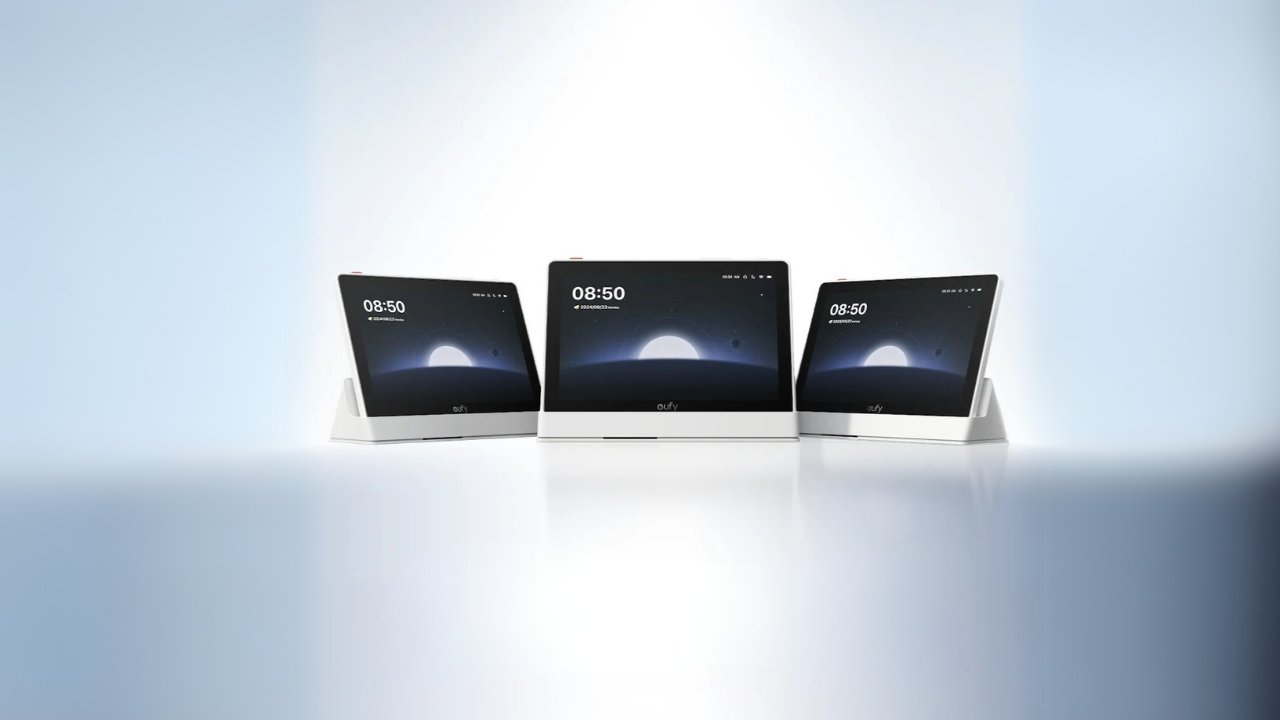 Is Eufy about to unveil its first-ever smart home display?
Is Eufy about to unveil its first-ever smart home display?Here's everything we know so far
By Lizzie Wilmot
-
 Aqara's smart home gadgets are finally becoming Matter-compatible
Aqara's smart home gadgets are finally becoming Matter-compatibleHere's everything you need to know
By Lizzie Wilmot
-
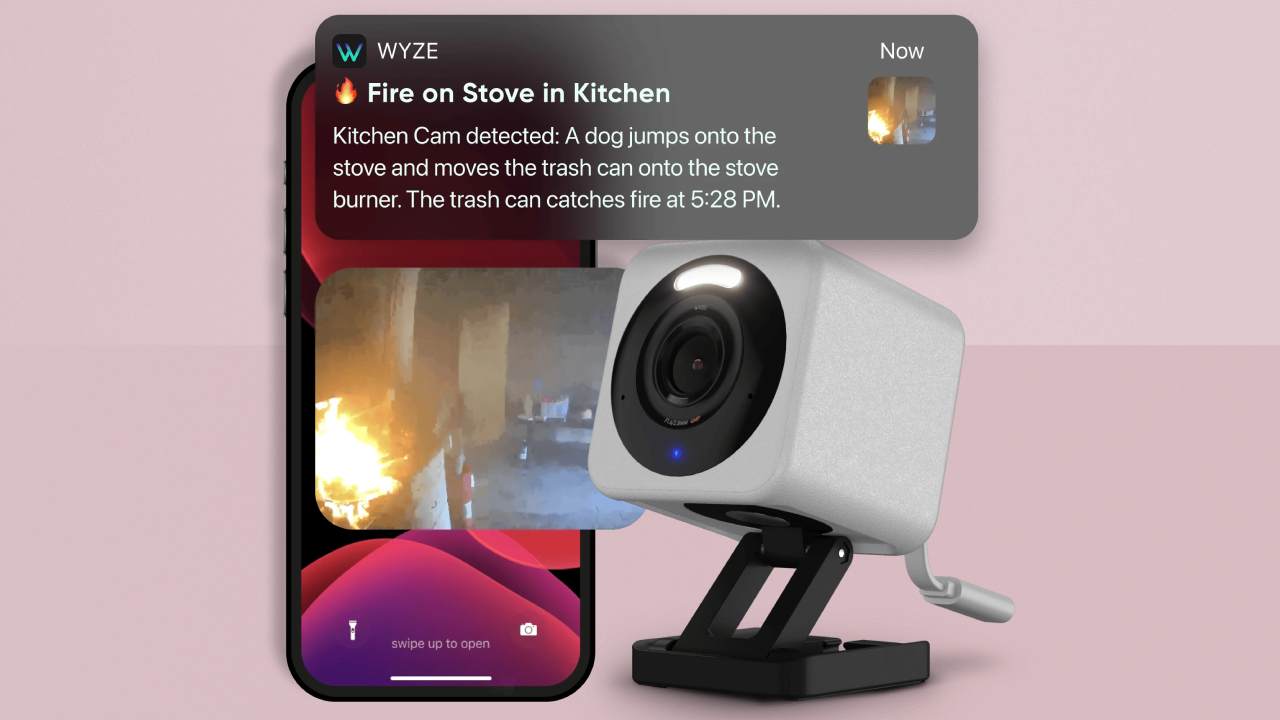 Wyze’s new AI feature only tells you the important things caught on your security cameras – here’s how
Wyze’s new AI feature only tells you the important things caught on your security cameras – here’s howWyze adds AI feature to its Cam Unlimited Pro subscription plan
By Bethan Girdler-Maslen
-
 Google drops its Nest smoke alarms but First Alert has it covered
Google drops its Nest smoke alarms but First Alert has it coveredGoogle Nest partners with First Alert on smart smoke and CO alarm
By Bethan Girdler-Maslen
-
 Philips Hue Secure cameras get major battery life boost with latest update
Philips Hue Secure cameras get major battery life boost with latest updateIt's the first update in a while that solely focuses on Hue Secure products
By Lizzie Wilmot
-
 New Matter leak reveals exciting smart garden tools heading our way – a lot sooner than expected
New Matter leak reveals exciting smart garden tools heading our way – a lot sooner than expectedThat was pretty unexpected!
By Lizzie Wilmot
-
 Setting up a smart home as a renter? You have to check out SwitchBot's new hub
Setting up a smart home as a renter? You have to check out SwitchBot's new hubHere's what we know so far
By Lizzie Wilmot

